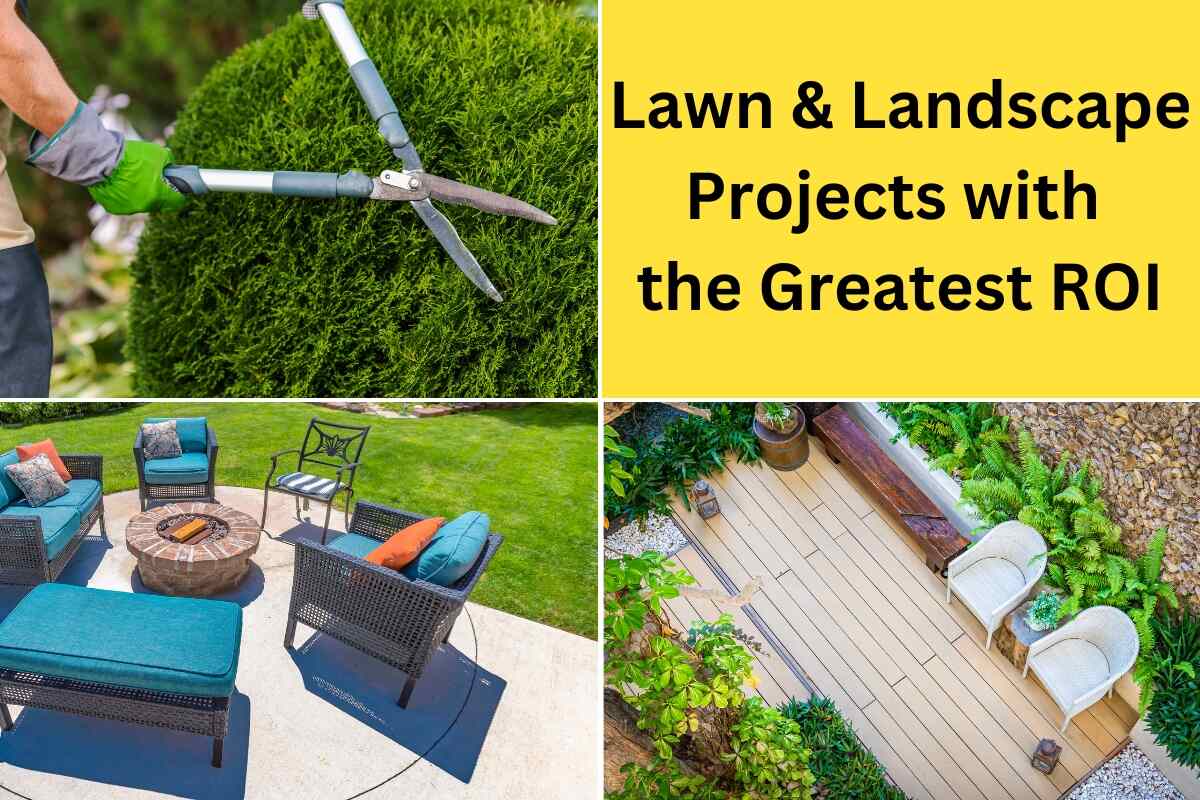
Lawn and landscaping items can increase your home value – and your current enjoyment of your house – but which ones will deliver the biggest return on investment and joy?
Should you keep mowing your lawn and weeding your flower beds or add an outdoor kitchen or deck out back?
To help you decide, these are the 10 lawn and landscaping items with the greatest return on investment (ROI) for you as a homeowner (up to 217%), according to the National Association of Realtors.
To learn what not to do, check out our article: “Lawn and Landscape Items That Can Deter Buyers.”
- 1. Well-Maintained Lawn
- 2. General Landscape Upkeep
- 3. Outdoor Kitchen
- 4. Landscape Upgrades
- 5. New Paver Patio
- 6. New Wooden Deck
- 7. Tree Upkeep
- 8. Automated Irrigation System
- 9. Outdoor Lighting
- 10. Outdoor Fire Feature
- So Which Lawn and Landscape Project is Best for You?
- How Landscaping Affects Your Home Value
Landscape items are rated in two ways in the National Association of Realtors’ (NAR) 2023 Remodeling Impact Report: ROI and Joy Score.
- ROI shows the profitability of an investment as a percentage. For home sales, a higher ROI means you can recover a larger portion of your investment when selling your house.
- The Joy Score measures homeowners’ subjective satisfaction with the project. (The Joy Score is based on the homeowners surveyed and is not a standard measurement.)
1. Well-Maintained Lawn

- ROI: 217%
- Joy Score: 9.4 out of 10
- Average project: Routine care that includes six fertilizer and/or weed control treatments.
A lush, green carpet feels like nature’s welcome mat for your home.
A well-maintained lawn isn’t just about boosting your home’s curb appeal. Whether it’s kids giggling as they roll on soft grass, or your furry friends zooming around with joy, this green oasis is where everyday moments transform to cherished memories.
How do you get a well-maintained lawn? Regularly fertilize and weed your lawn to keep your grass looking picture perfect, healthy, and attractive to potential buyers, maximizing your return on your lawn treatment investment.
How much does it cost to have a well-maintained lawn? The cost of lawn maintenance depends on the services needed and the size of your yard.
For example, lawn fertilization costs from $218 to $544 per application for a quarter-acre lawn, while weed control costs between $65 to $165 per treatment on average for the same size lawn.
2. General Landscape Upkeep
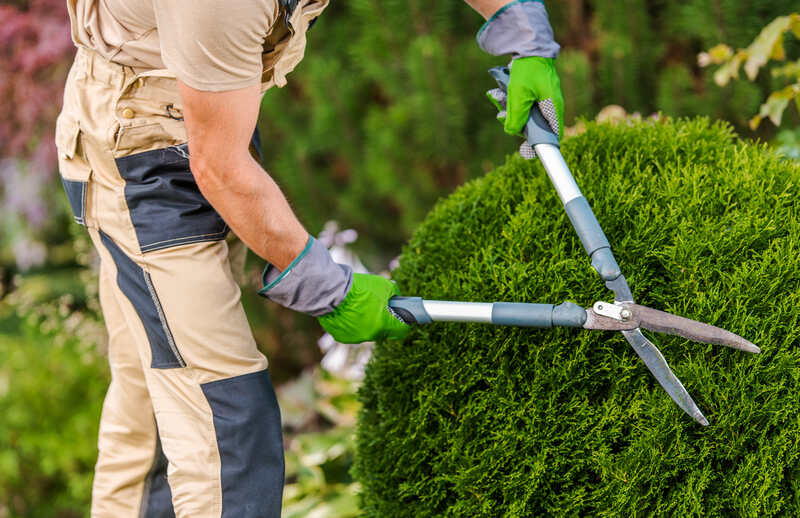
- ROI: 104%
- Joy Score: 9.6 out of 10
- Average project: Regular mowing, pruning shrubs, placing mulch around trees, and planting flowers (perennials or annuals).
Regular yard work like mowing the lawn, pruning trees and bushes, planting flowers, and mulching around trees can significantly enhance your home’s curb appeal, making it more inviting to potential buyers and increasing its market value.
And talk about almost instant gratification. After cutting the grass and sprucing up your yard, your sense of satisfaction will be high (even if you’re tired). Your yard looks great.
How much does general landscape upkeep (routine yard work) cost? Lawn care costs vary based on the task and your lawn size.
On average, professional mowing ranges from $36 to $205 per mow, mulching costs $20 to $45 per cubic yard, and shrub pruning ranges from $6 to $15 per bush.
Note: If you want a great-looking lawn but DON’T want to sweat doing that work, LawnStarter can help. Our local lawn care pros cut grass, trim around the edges, and blow away away any debris from sidewalks and driveways.
3. Outdoor Kitchen
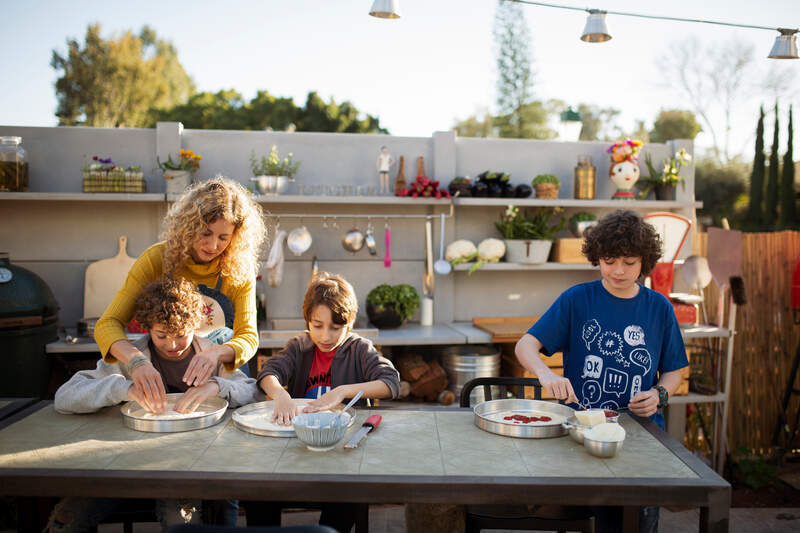
- ROI: 100%
- Joy Score: 9.0 out of 10
- Average project: Installing inset grill, sink, ice chest, stainless steel drawers, and 60 square feet of concrete countertops.
An outdoor kitchen transforms your backyard into a culinary paradise. Picture grilling succulent steaks under a star-studded sky or wowing your friends with a piping-hot treat from your pizza oven.
With a trendy outdoor kitchen, you won’t be constantly going outside to the grill and inside to the fridge. Everything you need is within easy reach. These chic spaces are the perfect blend of practicality and pleasure.
An outdoor kitchen costs, an average, from $5,057 to $17,276 for professional installation, depending on materials, size, and setup complexity. Costs are around $32.50 to $100 per square foot. DIY installation might save money if you have the tools and know-how, costing about $3,953.
4. Landscape Upgrades
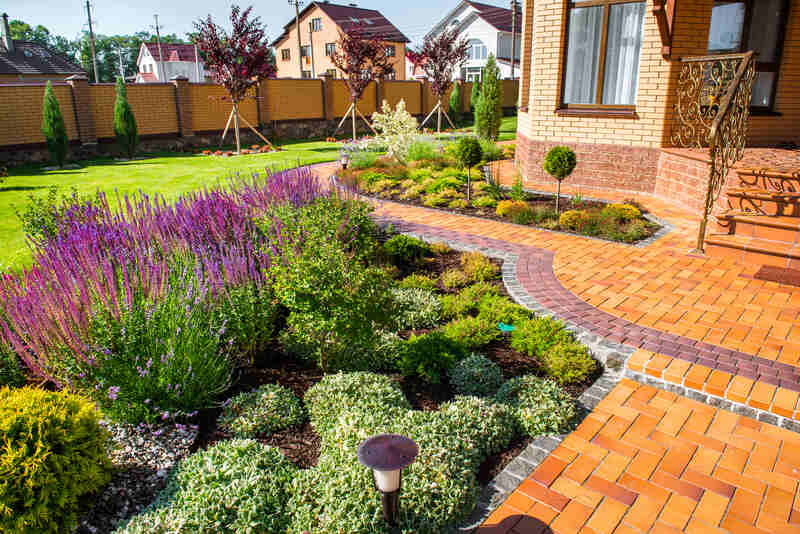
- ROI: 100%
- Joy Score: 9.7 out of 10
- Average project: Add mulch around shrubs, trees, and garden beds. Plant five flowering bushes and a large leafy tree. Add two stone planters and a natural flagstone front walkway.
Your lawn may look great, but will landscaping upgrades pay off? Real estate experts say “yes.” They suggest planting flowering shrubs, spreading mulch, and adding stone pathways.
These landscaping improvements will turn the heads of neighbors and potential buyers – and make your overall yard a more colorful and comfortable place to relax.
The cost of landscaping varies depending on what you want to do and the extent of the work. Generally, landscaping the front and backyard should cost about 10% of your home’s value. Mulch costs between $192 to $402 per cubic yard, while tree planting costs average between $150 and $1,850 each, depending on species, size, age, and location.
5. New Paver Patio
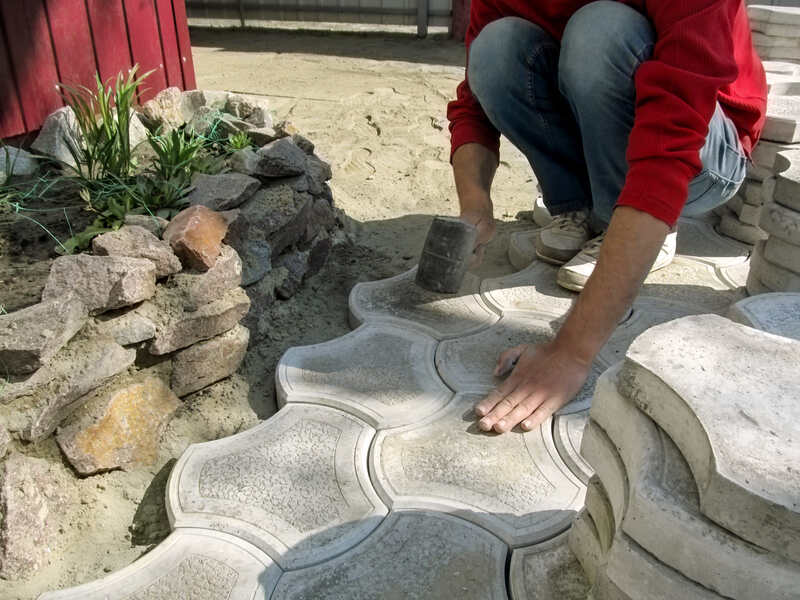
- ROI: 95%
- Joy Score: 9.9 out of 10
- Average project: Add a concrete paver patio (18×16 feet) installed on compacted gravel and sand.
A new paver patio opens up a world of possibilities. By combining paver colors and designs, you can create unique patterns. Add welcoming seating areas and a container garden to transform your backyard into a versatile space for entertaining, relaxation, and making lasting memories.
Whether you’re hosting lively birthday parties or enjoying quiet candlelit dinners for two, a paver patio upgrades your backyard’s appeal.
The cost of a patio mainly depends on its size and the materials used. For example: If installed by a professional, a concrete paver patio costs an average of $8 to $16 per square foot. However, a do-it-yourself concrete paver patio will save you at least 20% on labor costs.
6. New Wooden Deck
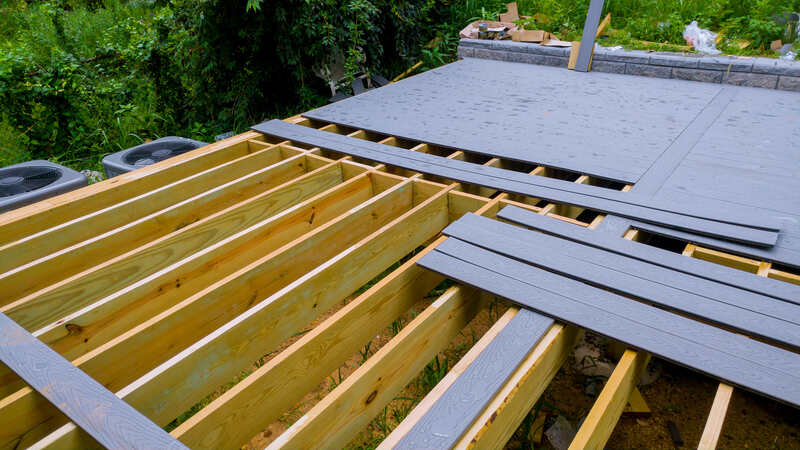
- ROI: 89%
- Joy Score: 9.8 out of 10
- Average project: Building a 14×18-foot cedar wood deck with railing, stairs, and a clear sealer. The deck should have 4-foot wide open-riser stairs and a lattice-covered lower structure.
Building a wooden deck creates a versatile outdoor space. The natural warmth of wood adds charm to any setting, creating an inviting atmosphere that blends seamlessly with the surrounding landscape.
Whether you’re hosting a party under the stars or enjoying a quiet cup of coffee at sunrise, a deck enhances both everyday moments and special occasions.
The cost to build a deck depends on the size, type of wood used, and design. On average, it’s about $30 per square foot but can range from $15 to $55 per square foot. The typical cost for a professionally installed deck is around $7,320.
Building an 8×10-foot deck DIY usually costs about $1,000 for supplies, not including tools and permit fees. If you need to rent any equipment, it can significantly add to your overall cost.
7. Tree Upkeep
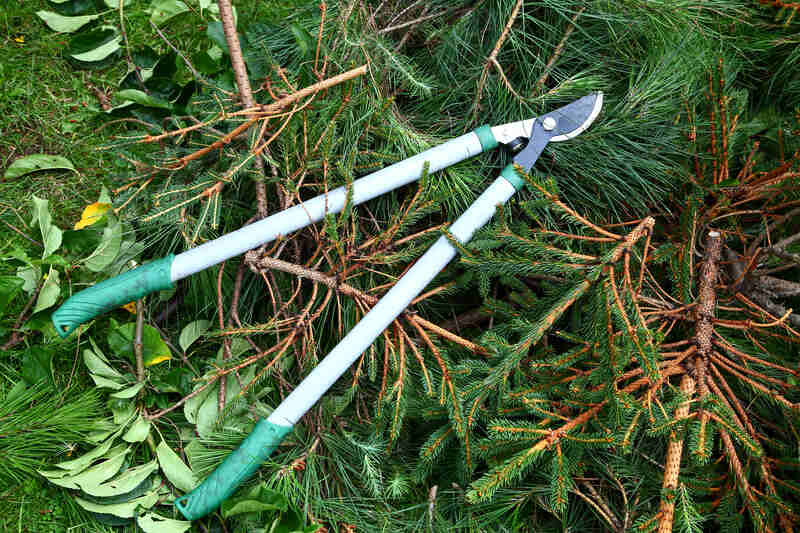
- ROI: 87%
- Joy Score: 9.3 out of 10
- Average project: Three fertilizer applications, regular spraying, tree trimming, pruning, and tree removal.
Trees provide refreshing shade, provide a peaceful ambiance, and foster local wildlife. Well-maintained trees significantly boost your property’s appeal – and your own enjoyment of your yard.
Proper maintenance, including trimming, feeding, and pest management, is crucial for tree health and safety. This care cultivates valuable living assets that enhance your property’s worth and create a serene natural retreat in your yard.
Professional tree pruning costs $315 to $700 on average. Some homeowners can expect to pay as low as $85 for a small tree trimming job, and trimming a very large tree might cost up to $1,267.
8. Automated Irrigation System
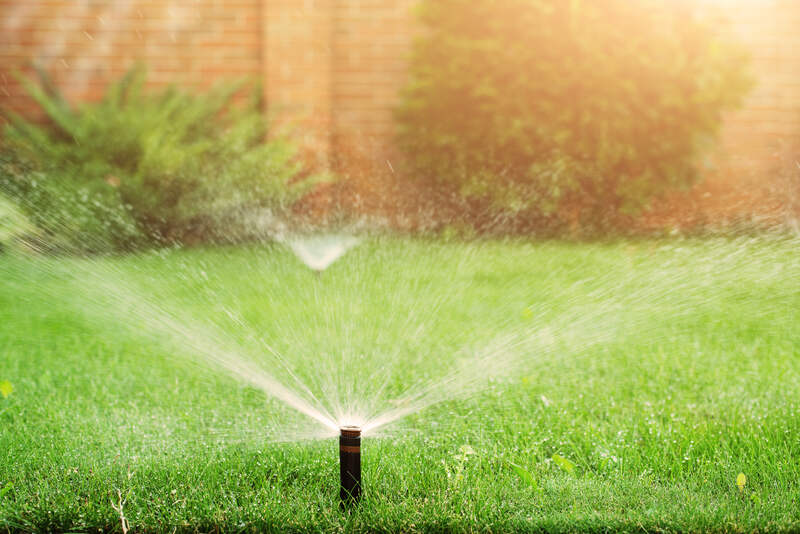
- ROI: 83%
- Joy Score: 9.4 out of 10
- Average project: Irrigation system installation and management for a 5,000-square-foot lawn.
Automated irrigation systems revolutionize landscaping with smart water management. Advanced smart sensors monitor soil and weather conditions, minimize waste, and reduce costs. Remote smartphone control enables easy adjustments.
And automated sprinklers sure beats standing out in your yard with a hose in one hand and a coffee cup in the other during the early morning hours when it’s the best time to water your grass.
Despite upfront costs to design and install a sprinkler system, the long-term benefits make automated irrigation an excellent home investment.
A professionally installed sprinkler system costs most homeowners around $0.29 to $0.48 per square foot, with an average total cost between $3,169 and $5,238 for a lawn that’s 1/4 acre. The price can fluctuate depending on the size of the job and system.
Installing an automated irrigation system yourself can save on labor costs, but DIY can be time-consuming, and you risk mistakes. Hiring an irrigation professional guarantees a working system and often includes a warranty.
9. Outdoor Lighting
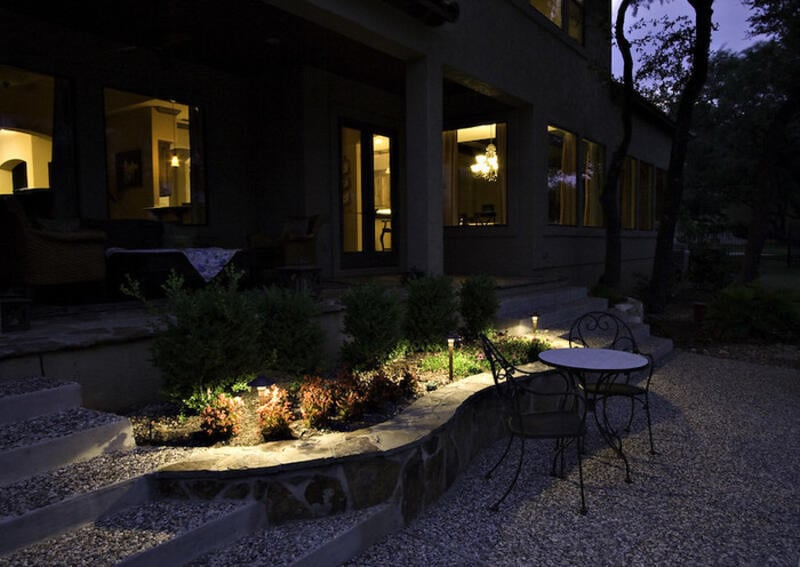
- ROI: 59%
- Joy Score: 10 out of 10
- Average project: Install 20 LED lights and a typical 600W transformer.
Well-planned outdoor lighting transforms your property into a guiding star in the night, balancing beauty, safety, and accessibility. This improved visibility showcases your landscaping and home, prevents accidents, and deters intruders.
You have a wide variety of outdoor landscape lighting options, ranging from in-ground lights that go on via a timer to more affordable and eco-friendly solar lights. One idea? Top your pergola or connect the posts on your deck with strings of lights.
The average cost of landscape lighting falls between $100 and $1,500 for DIY projects and between $2,000 to $4,500 for professional installation.
10. Outdoor Fire Feature
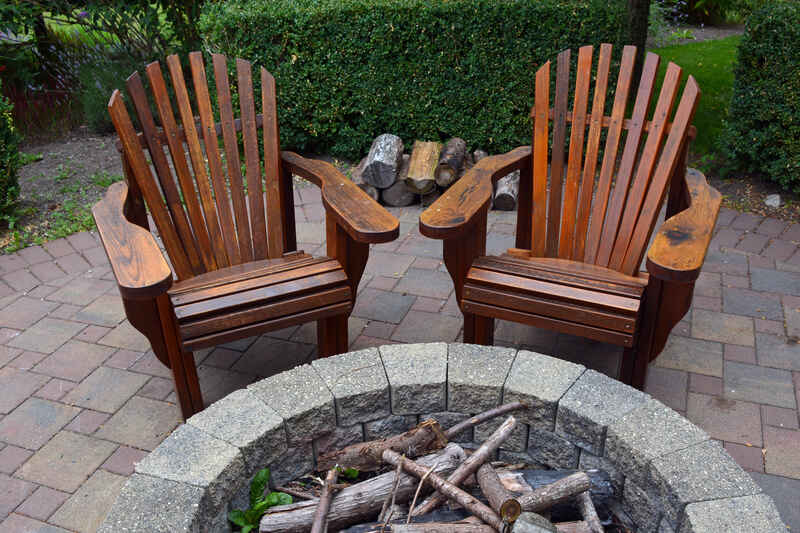
- ROI: 56%
- Joy Score: 9.7 out of 10
- Average project: Build a 10-foot-wide flagstone patio with a gas burner and dry-stacked stone kits.
Imagine a cozy autumn evening around a fire pit with friends and family, roasting s’mores or savoring the crisp fall air. These focal points extend your outdoor enjoyment into cooler months and will appeal to potential buyers seeking year-round outdoor living.
The cost of installing an outdoor fireplace varies based on the complexity of the design and the materials used. Small-scale outdoor fireplace DIY kits can cost as little as $135, while high-end professionally installed projects can cost $30,000 or more.
So Which Lawn and Landscape Project is Best for You?
That, of course, depends on your budget and lifestyle. Any of the above will pay off for you now and when you sell your home.
How Landscaping Affects Your Home Value
Investing in landscaping can boost your enjoyment of your home now and your home’s value when it comes time to sell.
- Joy Factor: Walking barefoot on a beautiful lawn, watching butterflies at your flower bed, even pulling weeds can be calming after work and on weekends. Family meals shared on a deck under a string of lights are those good times we all crave.
- ROI: A well-landscaped yard enhances curb appeal, which influences buying decisions. “Curb appeal can be a huge factor when selling a home, noting it’s one of the best ways for property owners to make a positive first impression,” the Appraisal Institute says.
How Important is Curb Appeal When Selling Your House?
When listing a house for sale, curb appeal is crucial. It’s one of the first things buyers see and influences their perception of your property. According to 46.2% of respondents in a RE/MAX poll, neglected exteriors discourage buyers from looking at houses. A well-maintained façade creates a positive first impression and enhances the property’s homey feel.
What Are Quick Ways to Boost Curb Appeal?
Your yard is the gateway to your home and first impressions matter. Some quick ways to boost your home’s curb appeal include the following:
- Add fresh mulch to your garden beds to improve the overall look of your landscaping.
- Maintain your lawn regularly to keep it looking neat and healthy.
- Prune your shrubs to keep them in good shape and prevent them from looking overgrown.
- Add a few potted plants near your front entrance to create a welcoming atmosphere.
- Regularly remove weeds and any dead plants from your yard.
Which Factors Affect Property Value?
The value of a property depends on numerous factors. These include the property’s location, size, condition, age, and the quality of nearby schools. Local real estate market conditions, recent sales in the area, unique features and amenities, broader economic factors, and zoning regulations all influence its value as well.
When to Call a Lawn and Landscaping Pro
The task of updating your landscape for your own enjoyment or a home sale can be overwhelming. That’s when it helps to call in the professionals.
From lawn mowing and shrub pruning to larger projects, LawnStarter connects you to local lawn care and landscaping pros who can keep your grass green and healthy, plant and maintain flower beds, and take 30 other outdoor services off your to-do list.
Source: National Association of Realtors’ (NAR) 2023 Remodeling Impact Report
Main Photo Credit: Bush Trimming: Tomasz Zajda / Adobe Stock Free / License. Outdoor Patio: Jason / Adobe Stock Free / License. Deck: siraphol / Adobe Stock Free / License.